The reality we are facing in the northern states, especially in Delhi, UP, Haryana, including cities like Gurgaon and Noida, is truly alarming. With AQI levels at their highest, this is a wake-up call for our health. The AQI keeps climbing every day, and it’s no longer just a concern about outdoor pollution. This has become a serious issue for our lungs, hearts, and overall well-being.

While outdoor pollution is hard to avoid, the threat doesn’t end when we step inside our homes. Indoor air can be just as harmful, especially during smog season. We may think keeping windows closed and staying indoors will protect us, but that’s not enough.
If you think staying indoors is enough to protect yourself during smog season, think again. The air inside your home can carry pollutants that directly impact your health.
In this article, we’ll explore how hazardous indoor air quality can become during smog season and reveal practical steps you can take to improve it. Understanding the risks of indoor air quality is crucial as the smog season worsens.
With simple yet effective changes, you can significantly reduce the harmful effects of polluted air inside your home and protect yourself and your loved ones from the health risks it poses.
How does smog impact indoor air quality?
When we think of smog, we often imagine hazy skies, traffic pollution, and outdoor dangers. However, the threat doesn’t stop at your front door. Pollutants like PM 2.5, carbon monoxide, and volatile organic compounds (VOCs) easily infiltrate homes, even when doors and windows are shut.
Sealed windows, often thought to protect us, actually trap these toxins, turning indoor spaces into potential health hazards. Studies show that indoor air quality during smog season can sometimes be worse than outdoor levels. Recognising this hidden danger is the first step in protecting your loved ones.
Is your home safe during smog season?
Most homes harbour more pollutants than we realise. Common culprits include dust mites, pet dander, mould spores, and fumes from cleaning products. During smog season, these are joined by outdoor pollutants that seep indoors, creating a dangerous mix. This combination significantly affects respiratory health, triggering asthma, allergies, and even cardiovascular issues. Prolonged exposure can also lead to long-term complications, making it essential to address indoor air quality issues urgently.
Best air purifiers with dehumidifiers for your home:
How smog affects your body beyond lungs
Indoor air pollution is not just a respiratory issue. Over time, it can have systemic effects, impacting the cardiovascular system and even brain health. Researchers link exposure to pollutants with cognitive decline, headaches, and mood disorders like anxiety and depression. Symptoms such as fatigue, dizziness, or persistent headaches are often overlooked but could indicate poor air quality. Addressing these symptoms early is critical for long-term health.
Why isn’t traditional ventilation enough during the smog season?
Many believe opening windows or using fans can combat poor air quality, but this is a misconception, especially during smog season. Open windows let in more pollutants, and conventional ventilation systems may circulate rather than filter contaminants. Even air conditioning systems with basic filters aren’t designed to combat fine particulate matter like PM 2.5. This calls for advanced air purification solutions tailored to smog-related pollutants.
How can air purifiers be your ultimate defence against smog?
Air purifiers go beyond being just an appliance, as they act as a critical shield against the infiltration of hazardous indoor pollutants during smog season. What makes them so effective isn’t just their filtration capability, but the science behind their operation, which offers layers of protection, is often underestimated.
Modern air purifiers include dynamic filtration methods beyond HEPA filters. While HEPA filters are widely known for capturing ultra-fine particles like PM 2.5, advanced air purifiers now integrate electrostatic precipitators and ionic filters. These not only trap particles but neutralise them at a molecular level, reducing the risk of re-release into the air.
Smart air purifiers come equipped with real-time air quality sensors that adapt filtration speed based on pollution levels indoors. This ensures efficient performance without unnecessary energy waste.
Some advanced models incorporate improved activated carbon filters, which include impregnated carbons designed to capture and chemically neutralise volatile organic compounds. These toxins are typically found in paints, cleaning products, and even cooking fumes.
Additional protection comes from targeted UV-C and photocatalytic technology. In addition to UV systems that eliminate bacteria and viruses, some purifiers include photocatalytic oxidation, which breaks down pollutants like formaldehyde into harmless molecules.
Hybrid models combine air purification with humidity control, addressing issues like mould growth and allergens, which often worsen during smoggy or damp conditions.
Best air purifiers to ensure clean air and keep you safe indoors during smog season
Also Read: How to keep your air purifier fighting fit during smog season: A comprehensive maintenance guide
Now comes the main part as we provide actionable steps to transform your indoor space into a safe haven during smog season.
7 Essential steps to improve indoor air quality and protect your health during smog season
Protect your health with essential measures like investing in advanced air purifiers, sealing your home, and managing indoor humidity. Regular maintenance, eco-friendly alternatives, and smart ventilation can drastically improve indoor air quality during smog season.
1) Invest in a high-performance air purifier
During smog season, we often think staying indoors is enough to protect ourselves, but the reality is that indoor air can be just as harmful as the pollution outside. That’s where a high-performance air purifier comes in. Look for models that feature HEPA filters to trap tiny particles like PM 2.5, which are common during smog. Activated carbon filters will help neutralise harmful gases like formaldehyde and carbon monoxide, while UV-C technology kills bacteria and viruses in the air.
Some air purifiers even offer real-time feedback on air quality, so you can see exactly what’s in the air you’re breathing and make adjustments as needed, ensuring your home is truly a safe haven.
2) Seal your home effectively
Outdoor air can infiltrate through even the smallest cracks. Apply weatherstripping to windows and doors and use draft blockers for gaps. According to a study by Harvard’s School of Public Health, sealing your home can reduce indoor particle pollution by as much as 40%, making it a critical first step in your defence strategy.
Also Read: Best air purifier brands in India 2024: Top 10 expert picks to combat pollution
3) Manage indoor humidity levels
Maintaining a balanced indoor humidity level (40-50%) is crucial during smog season. Excess moisture in the air can exacerbate mould growth and dust mites, both of which can worsen respiratory conditions like asthma or allergies. High humidity levels can trap pollutants, including smog particles, making them linger longer in your indoor environment. A dehumidifier helps regulate humidity and prevents these allergens from thriving, while working alongside an air purifier to improve overall air quality. For example, if you live in a region where both humidity and smog are issues, using a dehumidifier can help control moisture levels, keeping your home free from both allergens and harmful particles that may worsen during smog season.
Must-have dehumidifiers on Amazon for a cleaner home during smog season:
4) Ventilate with caution
Proper ventilation is essential, but timing matters during smog season. Opening windows during peak pollution hours lets harmful outdoor air inside. Instead, use exhaust fans in the kitchen and bathroom to expel indoor pollutants without drawing in smog. For example, using exhaust fans while cooking or showering helps clear moisture and contaminants without compromising indoor air quality. This way, you can keep the air fresh without exposing your home to harmful particles from outside.
Exhaust fans for kitchens and bathrooms for fresh air without the smog:
5) Enhance with natural air purifiers
Certain plants act as nature’s air purifiers, helping to absorb toxins like benzene and carbon monoxide from the air. Plants such as the areca palm, snake plant, and peace lily are known for their air-purifying qualities. For example, the snake plant continues to absorb toxins even at night, making it an ideal addition to bedrooms. Various studies have shown that these plants can improve indoor air quality by filtering harmful substances, making them a natural and effective solution to enhance your home environment.
Also Read: A guide on how to optimise air purifiers for poor AQI conditions and high pollution levels
6) Reduce indoor pollutant sources
Eliminate or minimise chemical-based products like scented candles, aerosols, and harsh cleaners. Replace them with eco-friendly alternatives. For instance, a mix of vinegar and water serves as an effective cleaner without adding VOCs to the air.
7) Regular cleaning and maintenance
Keep air filters clean and replace them as needed. Vacuum carpets and upholstery with HEPA-equipped cleaners and dust surfaces frequently to reduce allergens. Studies show that regular cleaning can lower indoor pollutant levels by up to 60%.
The battle against poor air quality starts with awareness and action. Do not wait for conditions to worsen. Take steps today to create a clean and protected space for yourself and your loved ones. Clean air is not a luxury, it’s your right, and only you can take the necessary steps to shield your family from this alarming situation.
Similar stories for you
Breathe easy today with 5 life-saving air purifier features to combat extreme pollution levels
FAQs on how hazardous is indoor air during smog season:
- Can indoor air pollution worsen during smog season even with air purifiers?
Yes, air purifiers help but can’t filter all pollutants, especially in poorly sealed homes or without proper ventilation.
- How do humidity levels affect indoor air during smog season?
High humidity traps pollutants, making them linger longer. A dehumidifier can help reduce this and prevent mould growth.
- Should I avoid opening windows altogether during smog season?
Avoid opening windows during peak pollution hours. Use exhaust fans to ventilate without letting outdoor air inside.
- How can I identify if my indoor air is polluted?
Symptoms like respiratory issues, headaches, or musty odours can indicate poor air quality. Use air quality sensors for accurate readings.
- Can cooking and cleaning indoors worsen indoor air quality during smog season?
Yes, cooking and cleaning release pollutants. Use exhaust fans and eco-friendly products to reduce their impact.
Disclaimer: At Hindustan Times, we help you stay up-to-date with the latest trends and products. Hindustan Times has an affiliate partnership, so we may get a part of the revenue when you make a purchase. We shall not be liable for any claim under applicable laws, including but not limited to the Consumer Protection Act, 2019, with respect to the products. The products listed in this article are in no particular order of priority.

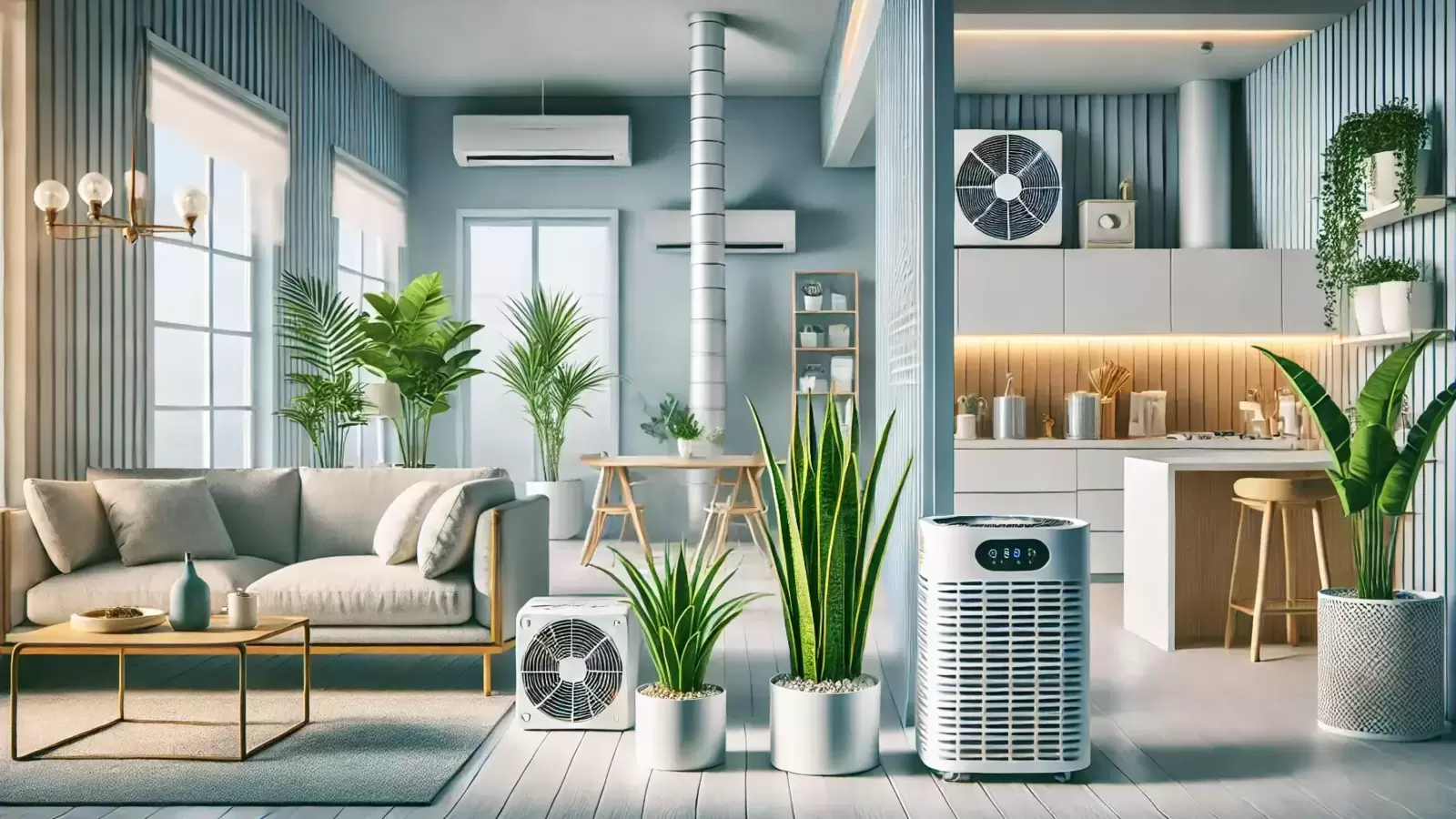
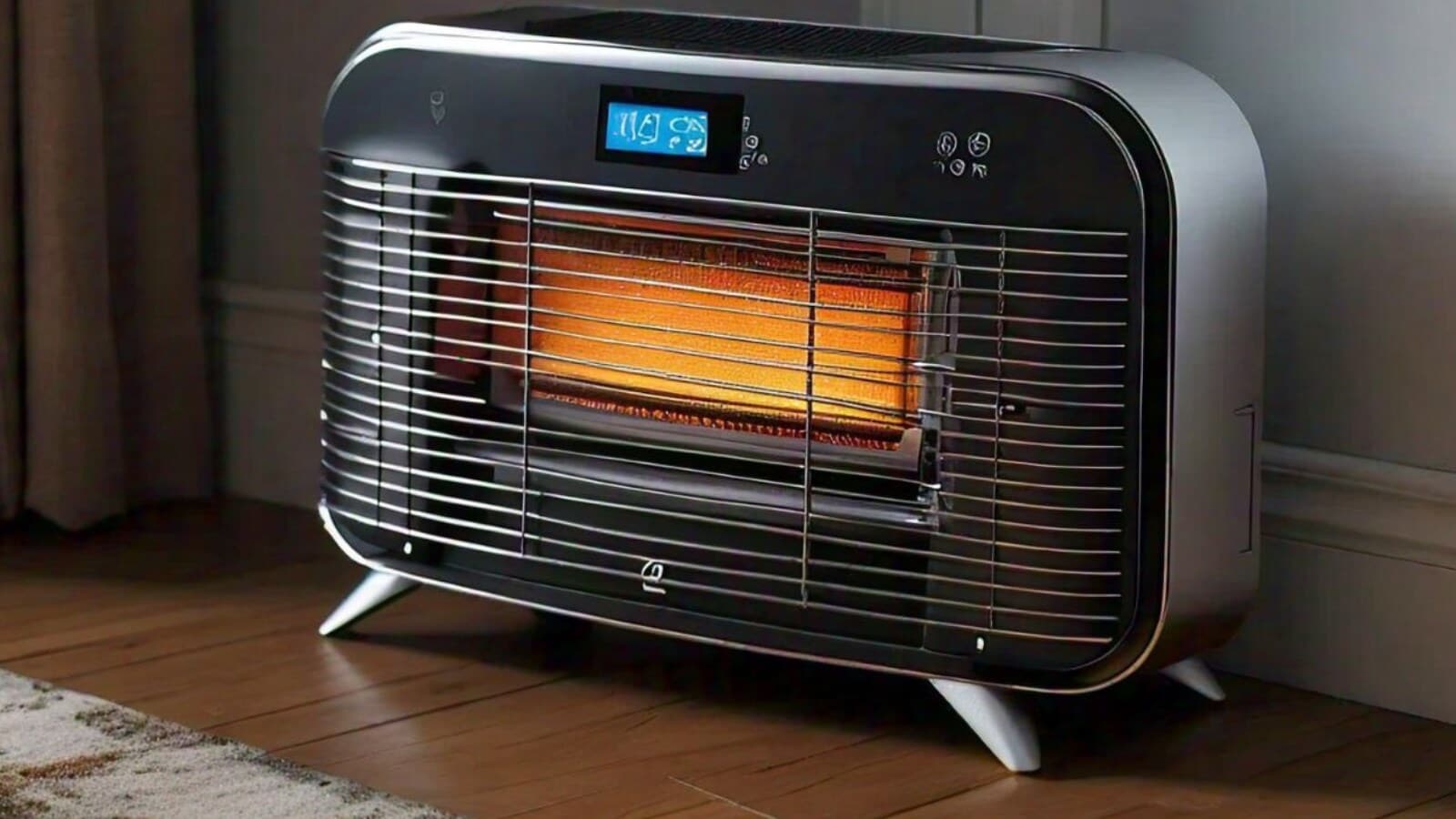
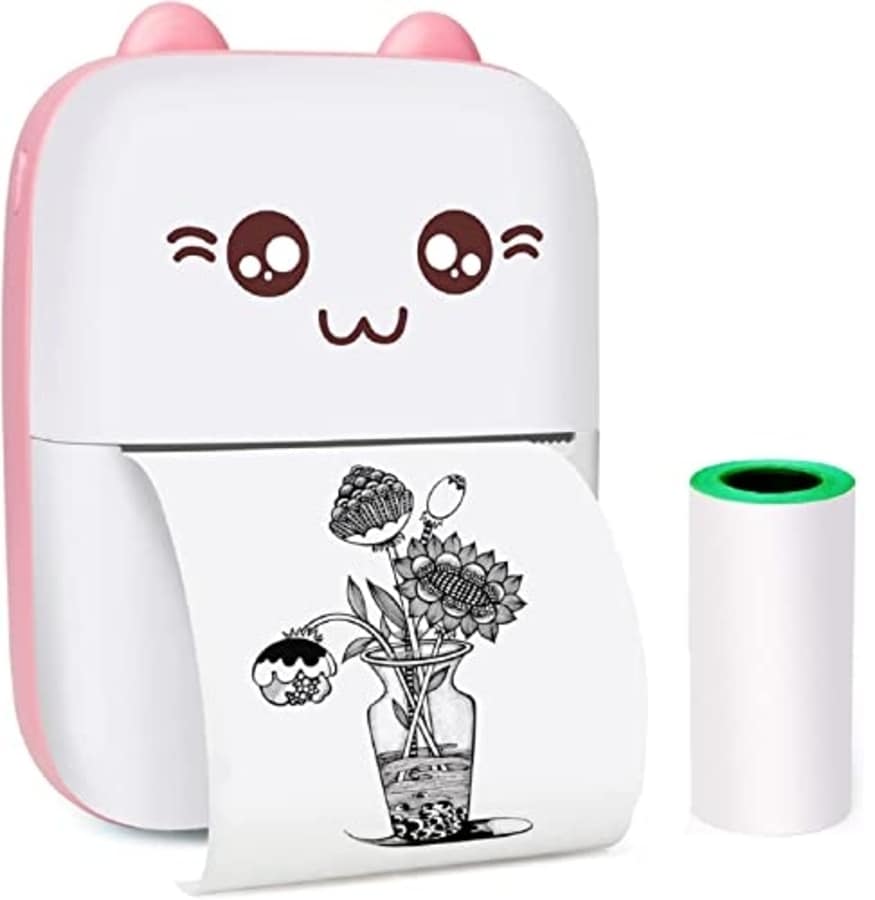
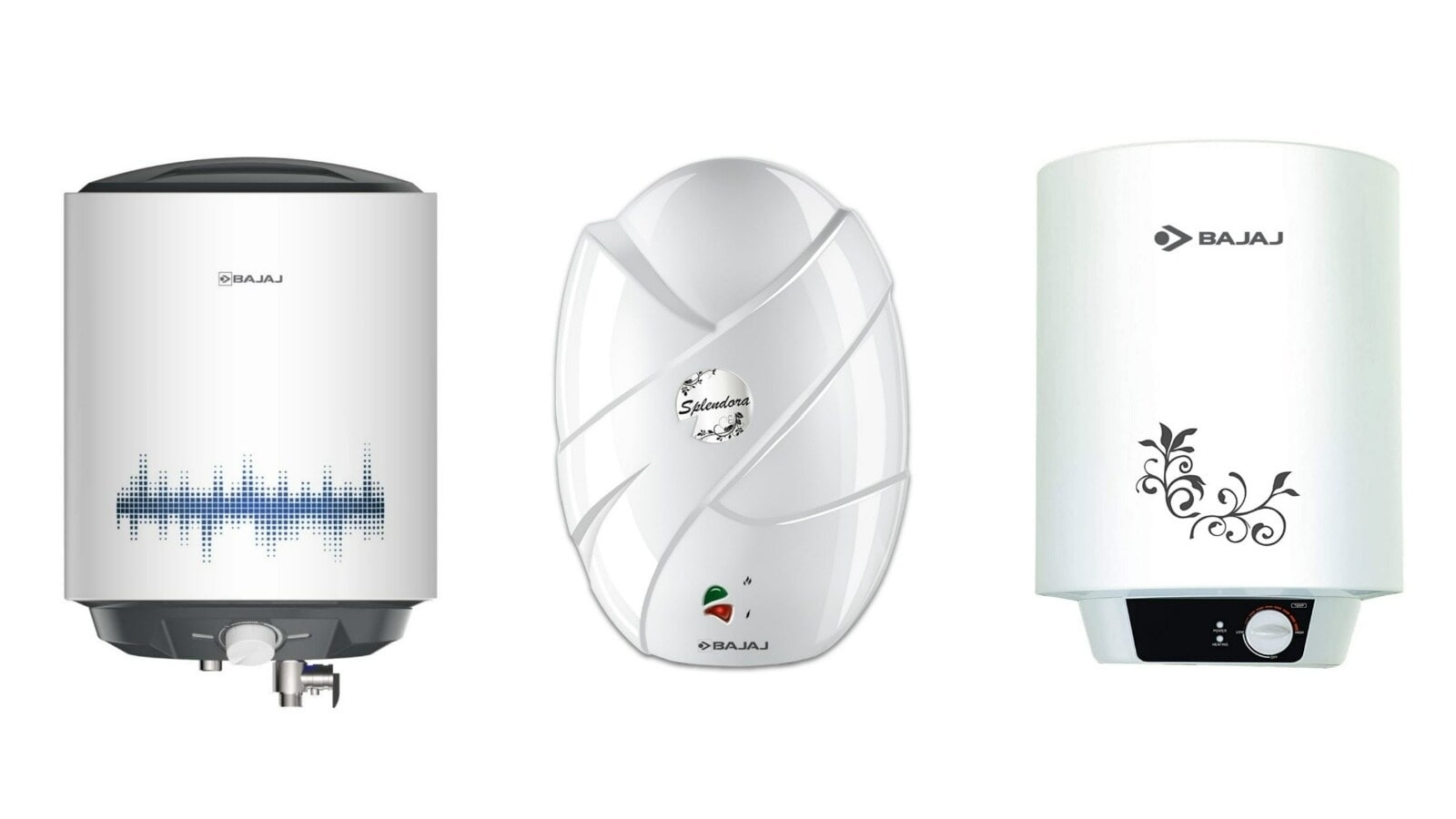

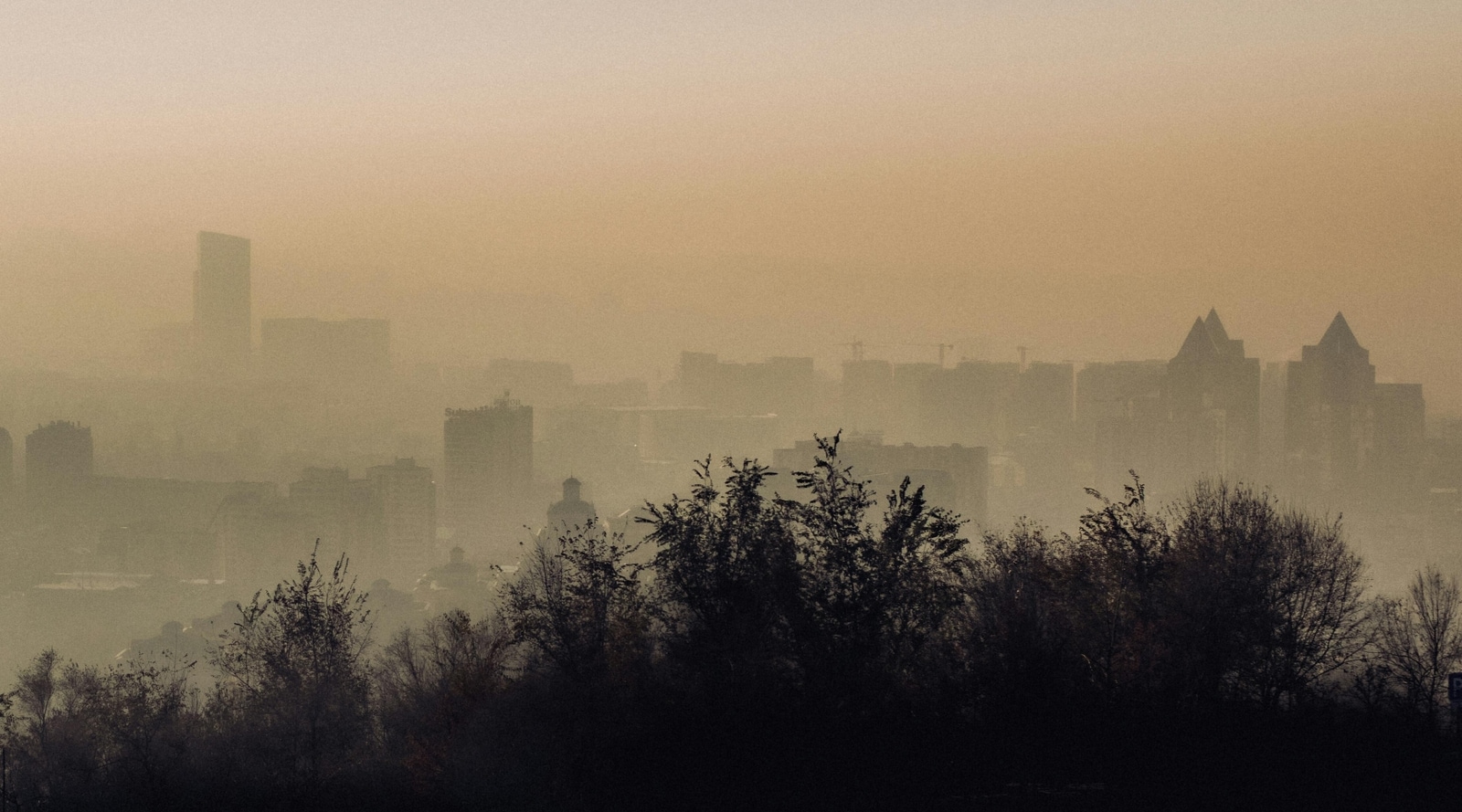




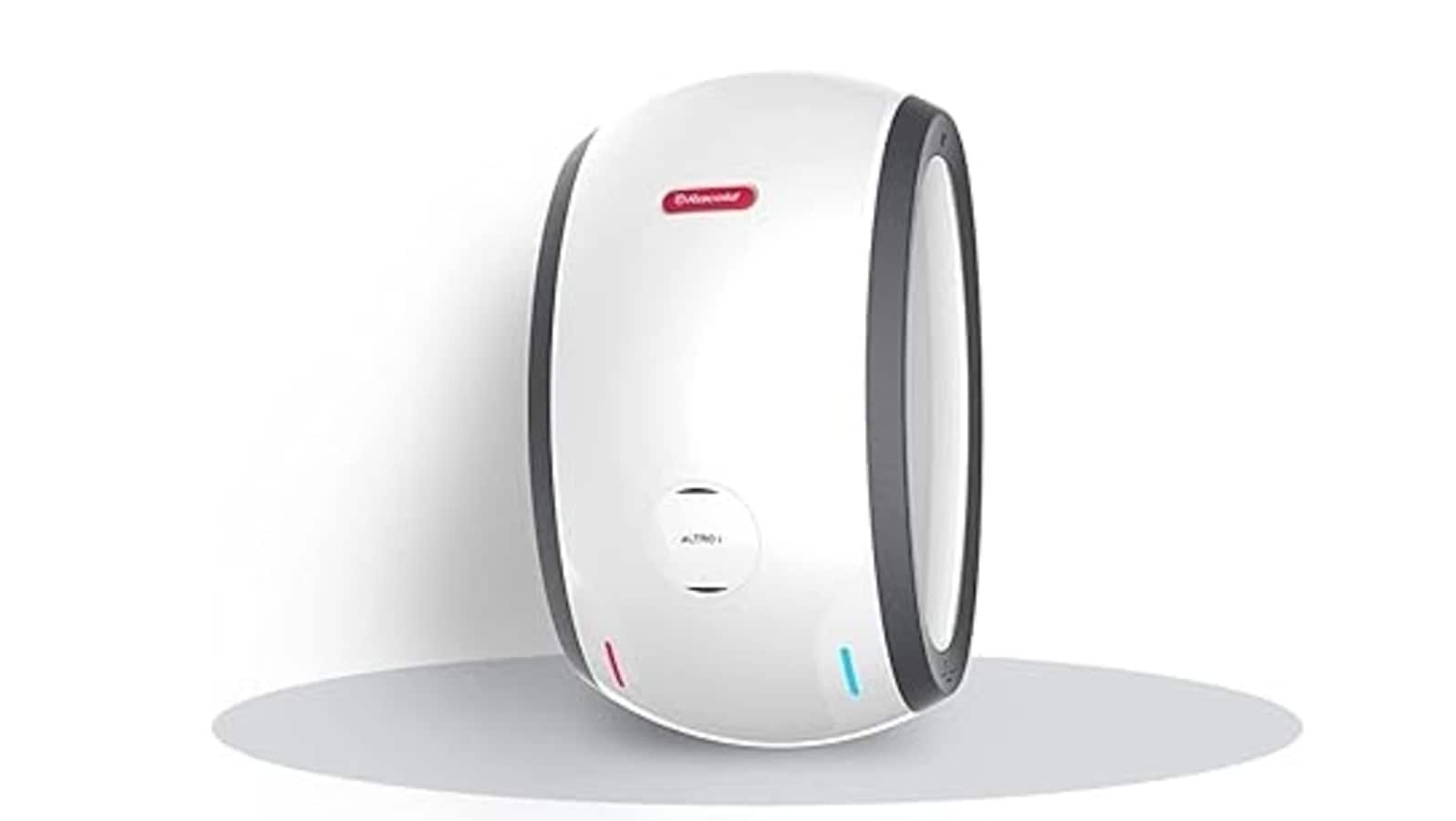
Leave a Reply